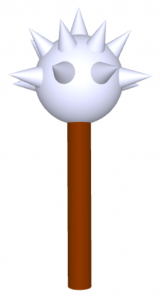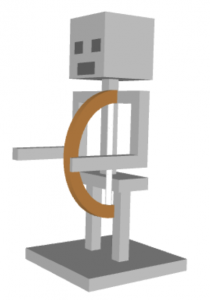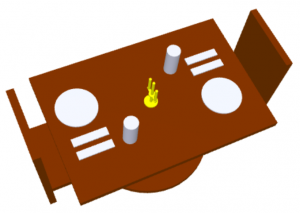Every month, winners of the NCLab 3D Modeling competition get their designs printed free of charge. For November 2014, our congratulations go to Gabe, Abigail, Sam, and Cole!
- Mace by Gabe Schraeder
- Minecraft Skeleton by Cole Sheltra
- Ready for Dinner by Abigail Waggoner
- Lego Pyramid by Sam Coronella



